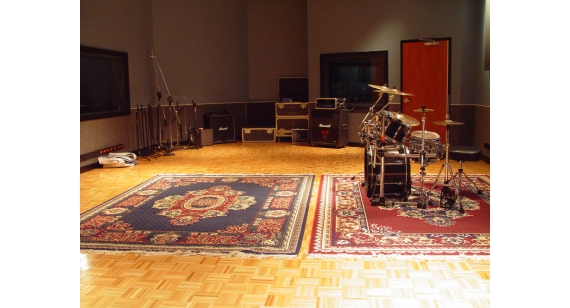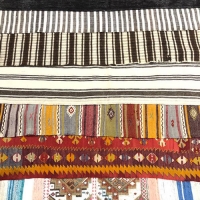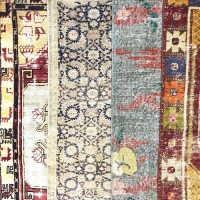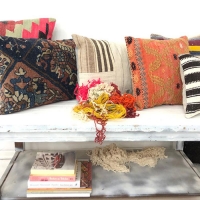
Studies on Carpets
Serious research on carpets in the context of textiles started with the publication of he book of the Vienna Carpet exhibition 113 years ago in 1891. In this book, some old carpets were given a religious importance. In 1891 K.K. Österreichhischen Handelsmuseum has published a three-volume folio from this exhibition, some of which are illustrated with 100 sheets of the most important pieces in color. In addition, the articles published in various journals have brought the art of carpet into a sense of scientific respect. The scientific researches have expressed great importance especially for old woven carpets. Thus, the old cultural features were brought to light with the carpets.
The fact that the art of carpet weaving started in the regions where it was settled and spread together with them is one of the factors that indicate the importance of this place. The surveys, which have not yet been over a hundred years old, indicate that the art of carpeting began in Central Asia. Developing the carpet weaving process as an art and introducing it to the whole world, societies continue to embrace carpets. In general, weaving is one of the oldest discoveries of humanity. The archaeological excavations show that the art of carpet weaving is based on old devils. In the literature of classical literature and oral folk literature, information about the carpet and carpet products produced is given. Some types of carpets, all the beauty of the color of the natural beauty of these carpets collecting in their own inexhaustible richness, repetition and aesthetics of decoration, has brought a different feature of weaving. Carpeting, which is the oldest and most common art among the societies, demonstrates the spiritual life and aesthetic pleasure of people.
The development of carpets in some regions is described in various stages. In the initial phase, the technique of passing the weft thread between the warp yarns is simple. Thus, materials such as palaz, cicim, sedde were produced. In the second stage, the method of passing the weft into complexes between the warps has emerged and the rugs with simple geometric motifs have been woven with plain weave. In the third phase, the complex twisting technique has been discovered in the warp yarns of the pattern yarn and in this technique the rhombus has been produced in the weaving string. In the fourth phase, the development of carpet weaving technique is observed. The fourth technique, which allows for more complex composition schemes and images, is used in various weaving.



